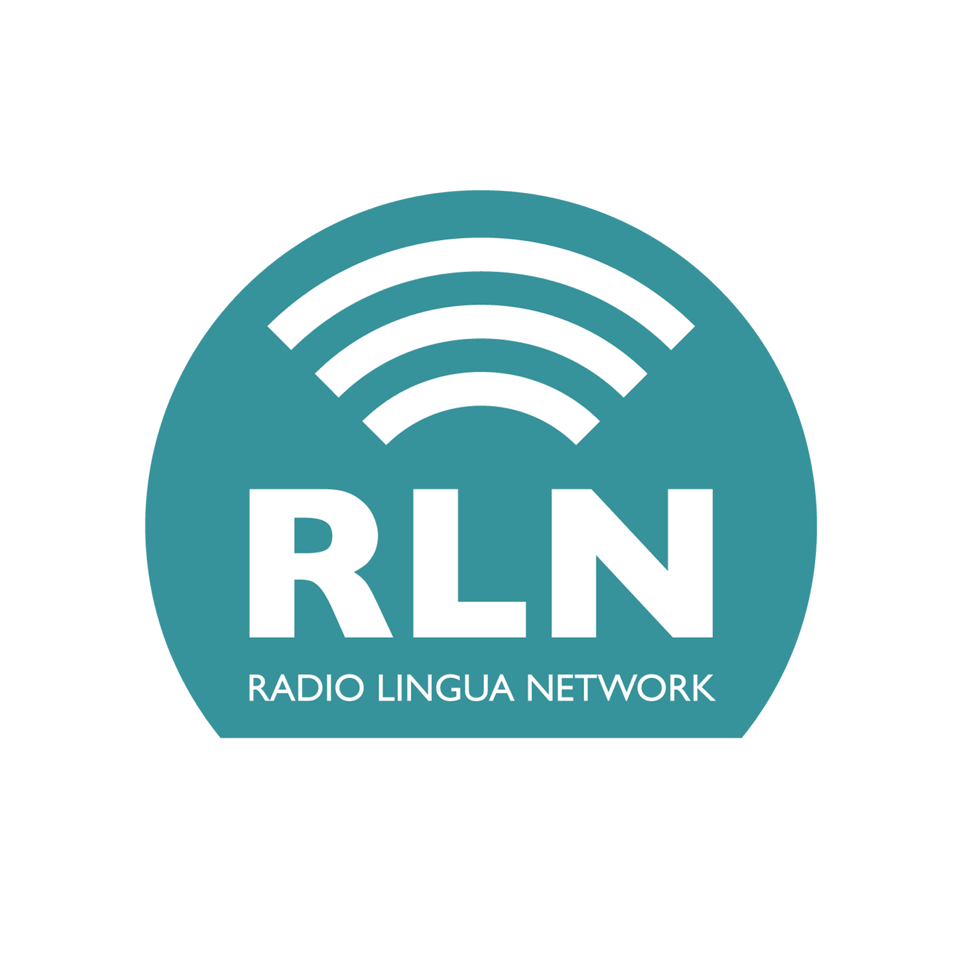
Converse in Italian like a native: choosing ‘tu’ or ‘Lei’
When you speak Italian, formality is more than just a grammatical nuance – it’s a cultural code that reflects our relationships and social contexts. The Coffee Break Italian Show is a podcast series of bite-sized, friendly conversations in which we demystify tricky Italian language topics. In the latest episode, Mark and Francesca delve into the










